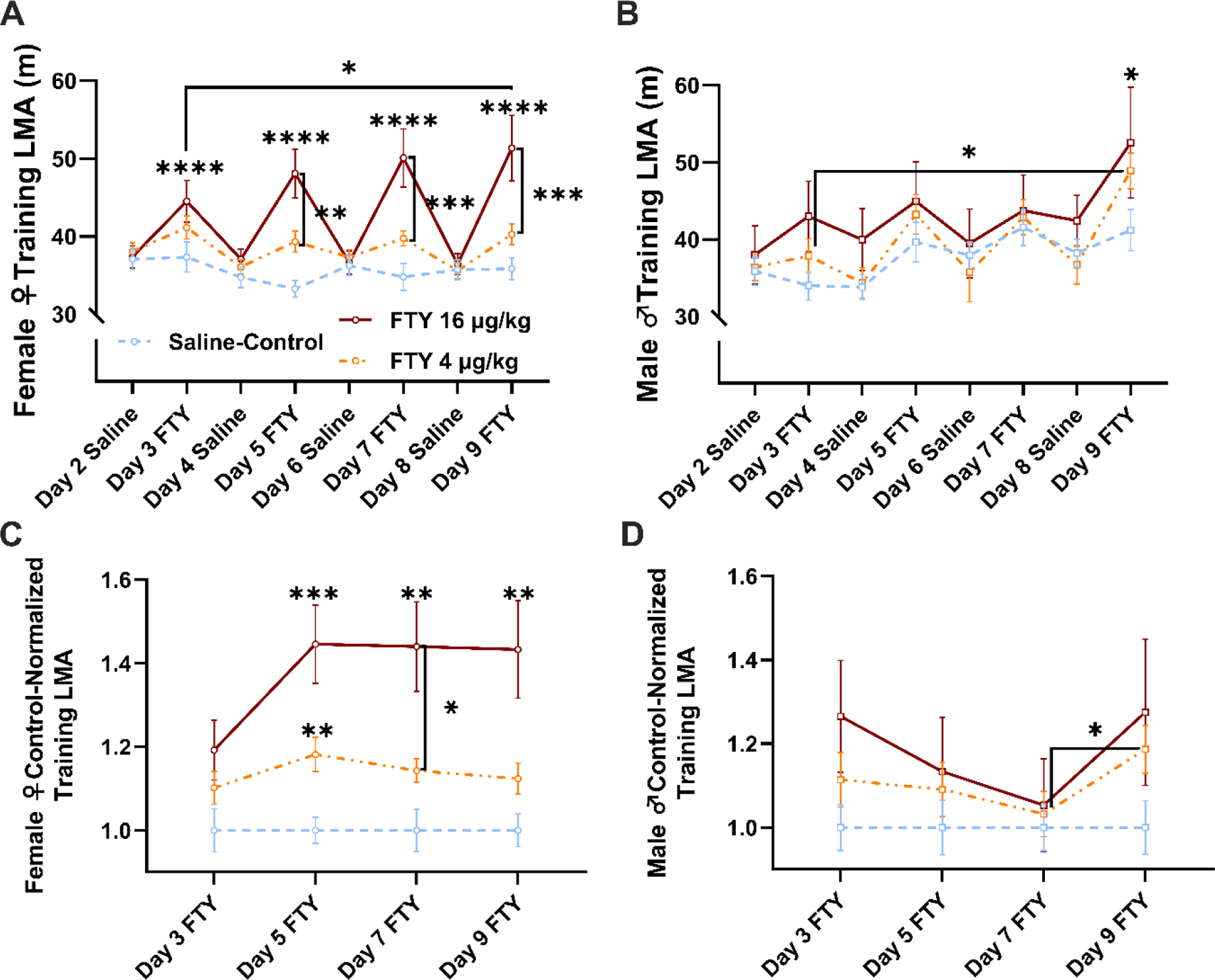Figure 2. Locomotor activity (LMA) response to fentanyl (FTY) is different between females and males in the acute response and behavioral sensitization over repeated administration to fentanyl in the conditioned place preference paradigm.

(A) In alternating days of no-drug/drug conditioning (i.e., intermittent administration), female rats given high dose (16 μg/kg) fentanyl showed a significantly elevated LMA response compared to saline (****p < 0.0001) or compared to low dose (4 μg/kg) fentanyl (**p < 0.01, ***p < 0.001). The LMA returned to baseline on days when drug groups were given saline conditioning. A sensitized response was observed in females given high dose fentanyl when comparing day 3 fentanyl with day 9 fentanyl (*p < 0.05). (B) Male rats did not show an acute response to fentanyl, but did show a significant difference between saline and high dose fentanyl on day 9 (*p < 0.05). Males also showed sensitization to the low dose fentanyl comparing day 3 with day 9, but this may have been due to an increased LMA response over time in all male groups. (C) Female rats did not show a significant difference in LMA between drug days when the data were normalized to the saline-control, but significant differences were observed between low dose fentanyl and saline on day 5 (*p < 0.01), between saline and high dose fentanyl on days 5, 7, or 9 (***p < 0.001, **p < 0.01), and between low dose and high dose fentanyl on day 7 (*p < 0.05). (D) Male rats given 4 μg/kg fentanyl showed a significant increase in LMA between day 7 and day 9 of conditioning when the data were normalized to the saline-control. Points on the line graphs are means ± SEM.
